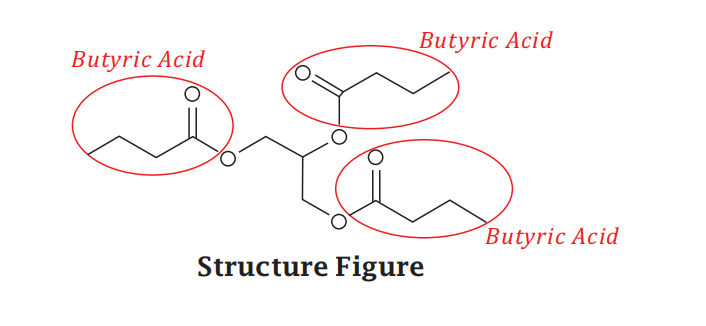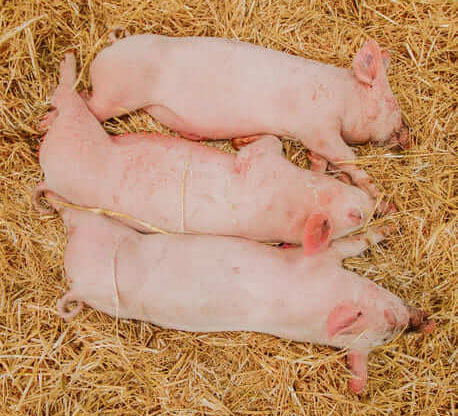Glyceryl tributyrate is a short chain fatty acid ester with the chemical formula C15H26O6. CAS No.: 60-01-5, molecular weight: 302.36, also known as glyceryl tributyrate, is a white near oily liquid. Almost odorless, slightly fatty aroma. Easily soluble in ethanol, chloroform and ether, extremely insoluble in water (0.010%). Natural products are found in tallow.
- Application of tributyl glyceride in livestock feed
Glyceryl tributylate is the precursor of butyric acid. It is convenient to use, safe, non-toxic, and has no odor. It not only solves the problem that butyric acid is volatile and difficult to add when it is liquid, but also improves the problem that butyric acid is unpleasant when it is used directly. It can also promote the healthy development of the intestinal tract of livestock, improve the immune capacity of the body, promote the digestion and absorption of nutrients, and thus improve the production performance of animals. It is a good nutritional additive product at present.
The application of tributyl glyceride in poultry production has made many exploratory tests based on the oil properties, emulsifying properties, and intestinal regulation of tributyl glyceride, such as adding 1~2kg 45% tributyl glyceride to the diet to reduce 1~2% of the oil in the diet, and replacing whey powder with 2kg 45% tributyl glyceride, 2kg acidifier, and 16kg glucose, It can improve intestinal function, replace antibiotics, lactose alcohol, probiotics and other compound effects.
Tributyrin has the functions of promoting the development of intestinal villi, providing energy for intestinal mucosa, regulating intestinal microecological balance, and inhibiting enteritis, and is gradually being used in feed. The action mechanism of tributyl glyceride on intestinal mucosa, the immune regulation ability of tributyl glyceride, and the inhibition ability of tributyl glyceride on inflammation need to be further studied.
The components of livestock feed are analyzed by infrared spectroscopy, nuclear magnetic resonance, GC-MS, XRD and other instruments.
Post time: Oct-09-2022





